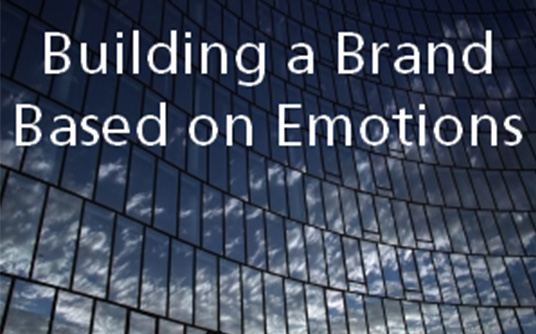
20 Sep Building a Brand Based on Emotions: Desire for Freedom
There is a reason why marketing programs hyping “no contract,” “cancel anytime,” and “money back guarantee” are so popular. All of these messages allow consumers to make purchases without feeling trapped by long-term commitments. Try-and-buy programs are used by brands in many industries today in an effort to start relationships with consumers without requiring them to give up their freedom to back out if they’re not happy. Consumers value their freedom and demand it in more of their purchase decisions every day.
Clever marketers create messages and programs that evoke feelings related to freedom for individual products or product lines as well as for entire brands.
Harley Davidson is certainly one of the best examples of a brand that promises freedom, and all of the brand’s marketing messages and brand experiences support that brand promise. The brand is consistent across all customer touch points, and consumers know when they purchase a Harley Davidson branded product, they’ll feel a sense of freedom and get one step closer to achieving personal freedom.
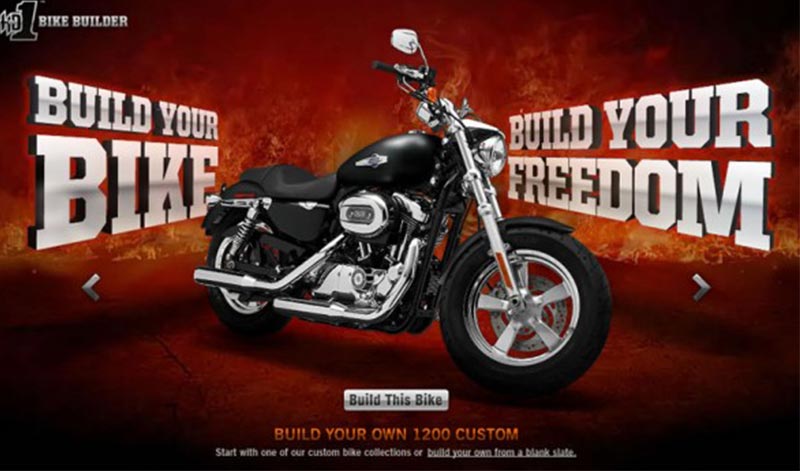
Some brands are very successful in eliciting feelings of freedom by positioning their products as the solution to a previously unknown limitation. For example, the Sprite ad below positions the product as the solution to the problem of thirst. Don’t just quench your thirst with some other drink. The ad tells consumers they can break free of thirst with a bottle of Sprite. The copy communicates a more powerful solution to a consumer’s problem than they can find from another brand.
Brands can also take a promise of freedom and turn it into a product-specific message.Nike positions its brand as one that promises freedom, but the introduction of the Nike Free line of running shoes extends the promise of freedom to individual product messaging, too. It’s extremely clever as you can see in the Nike Free ads below.
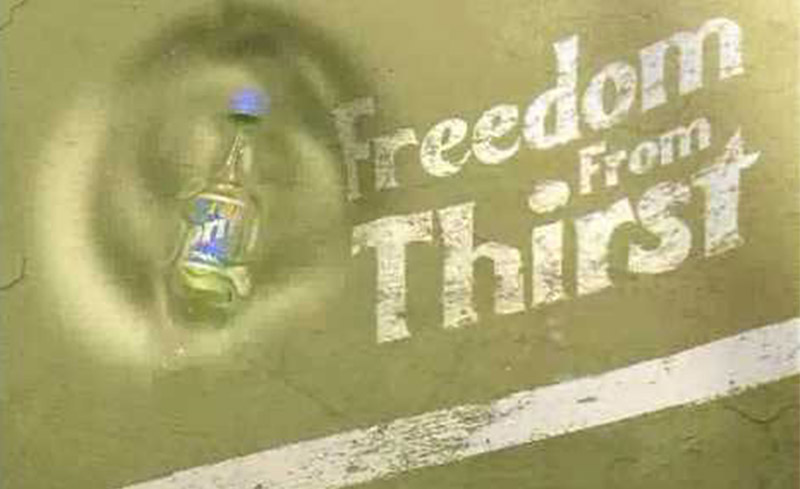
Messages of freedom can also refer to more tangible instances of personal independence. In this case, brand messages are often similar to those used when trying to evoke feelings of control wherein consumers want to feel like they are self-reliant and making their own choices. For example, investment brands use messages like “financial freedom” and offer ways for consumers to take charge of their “financial futures” in order to elicit freedoms related to freedom.
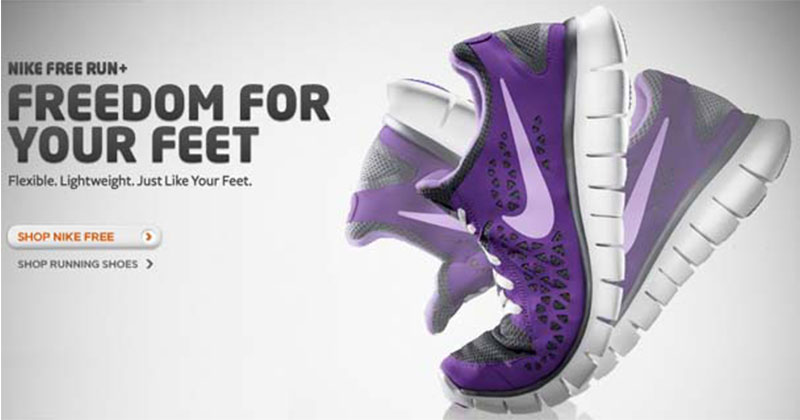
Similarly, messages of freedom can overlap messages that evoke feelings related to
consumers’ feelings of guilt and desires for instant gratification. For example, ads that hype products that “free you of doing housework” or any other time-onsuming task that takes you away from doing more important things or more entertaining activities indirectly tap into consumers’ desires for freedom.
In this case, the brand and its products free people from less desirable activities. Instead of choosing to vacuum the floor, a consumer can choose to purchase a Roomba, which frees up their day to spend time with their kids, exercise, go out with friends, and so on.
Bottom-line, consumers desire freedom in many different ways. Conduct market research to identify the types of freedoms your target audience wants and then identify how your product can directly or indirectly provide that freedom or create a perception of freedom. Creative, out-of-the-box thinking is often the key to building a brand based on consumers’ emotional desires for freedom.
Source : aytm
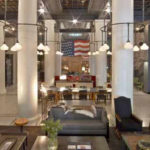



Sorry, the comment form is closed at this time.